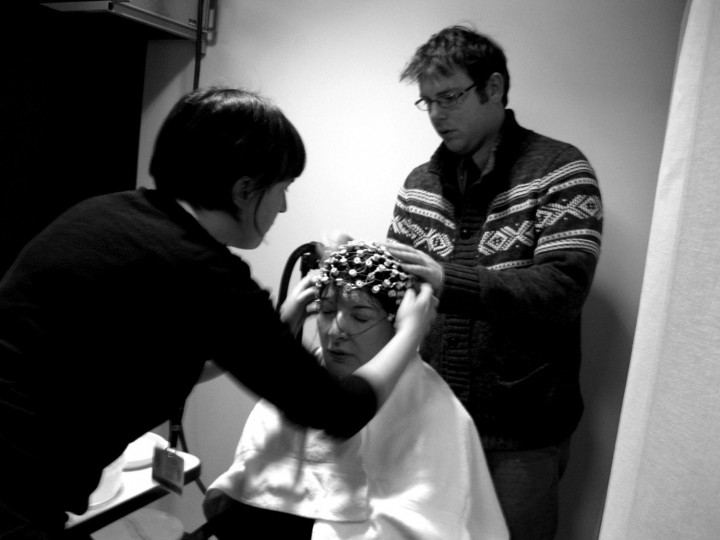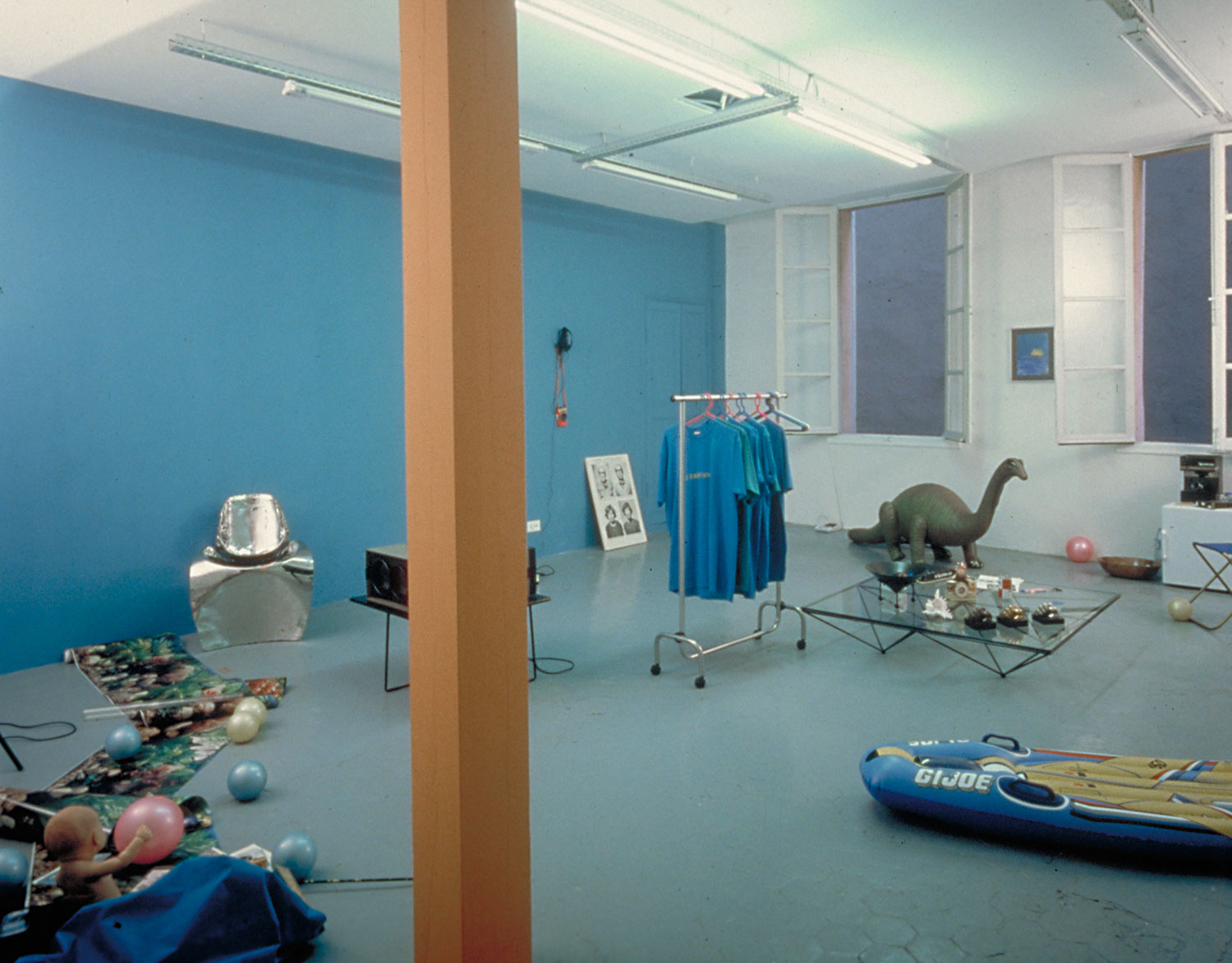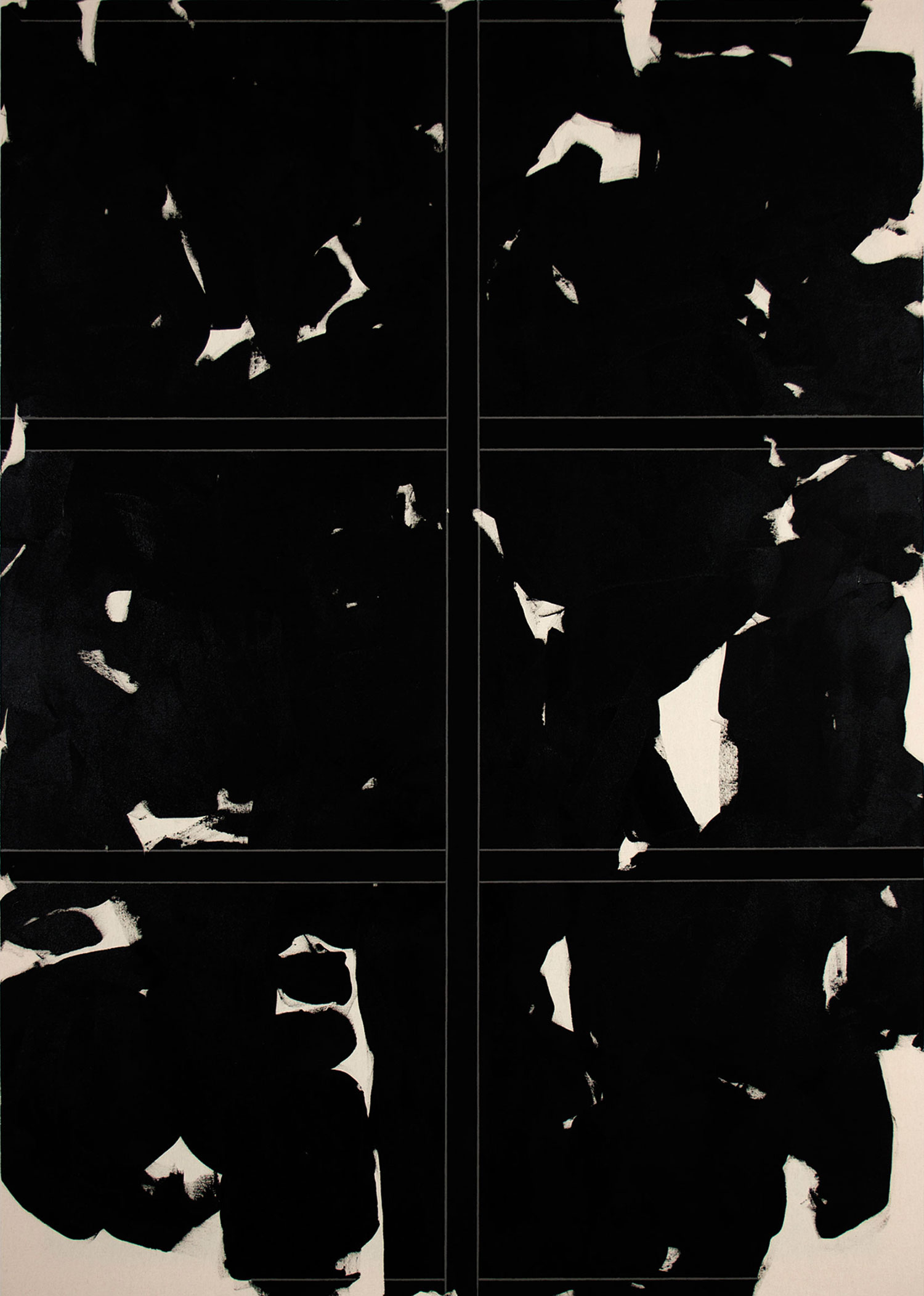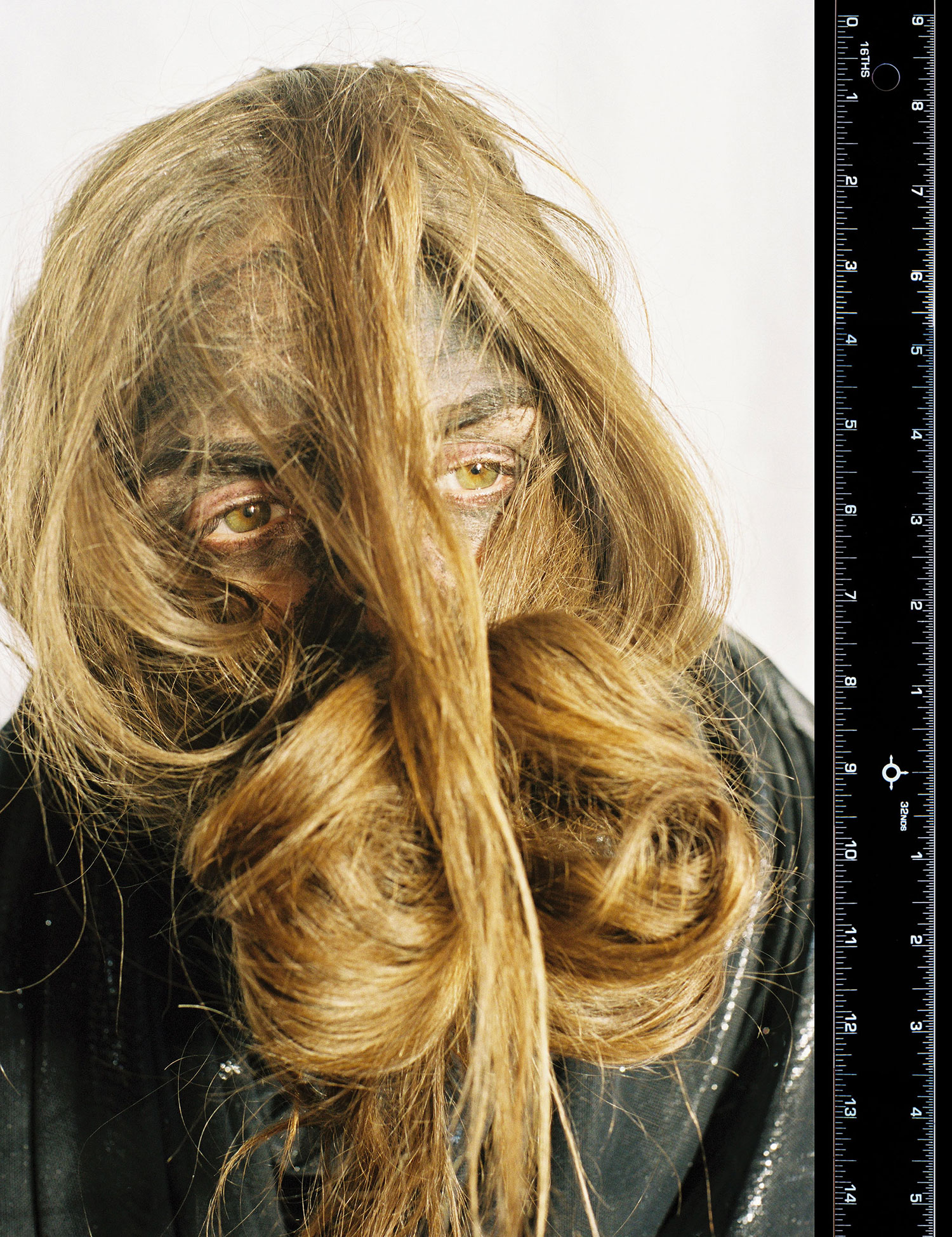
On October 8, at the Garage Center for Contemporary Culture in Moscow, I will be presenting for the first time a scientific experiment related to the performance The Artist Is Present. From October 8 until December 4, this retrospective of my work will travel to Moscow, after its success at the Museum of Modern Art in New York last year.
During the performance The Artist Is Present, where I sat motionless for 716 hours and 30 minutes, looking into the eyes of anyone who would sit across from me, observers noticed very unexpected reactions by large numbers of the public. Many people experienced emotional outbursts of crying or reported feeling a state of bliss. There was even a blog created called “Marina Abramovic Made Me Cry,” which consisted only of people sitting across from me with tears coming down their faces. All of this, including the fact that there were 1750 participants in the performance over three months, caught the attention of scientists at the Sackler Institute in New York. They contacted me and initiated an experiment with me that began last year, and that will continue at the Garage.
When I first met with the scientists, I described what I had been feeling during the most emotional moments of my performance: I felt strong pain, happiness and sadness — it was all connected to the person sitting across from me. Subjectively, it was clear to me that I had shared a real moment and a real experience with many of the participants in The Artist Is Present.

In the initial phase of the experiment, the scientists invited me to their labs and put a special wireless EEG cap onto my head that had 86 separate points that were responsible for measuring the different activities of my brain as I looked into the eyes of someone sitting across from me. Another participant would also wear the same cap and both of our brains would undergo the same measurements. After that, the scientists collected the initial data to formulate a hypothesis surrounding the unusual activities of the brain when it is communicating non-verbally, only through eye contact.
The retrospective at the Garage is a perfect opportunity to restage the situation that happened at MoMA last year. Once again people will sit across from one another, but this time the scientists will measure the reactions a of a large number of the public, in the hopes of better explaining what happened between me and my visitors last year. All participants will engage in a mutual gaze for at least 30 minutes at a time, they will wear the EEG caps, and the brain responses will be collected and displayed in real time on screens in the museum so as to combine artistic and scientific experiences seamlessly. The scientists will be trying to measure both the mental state of each person participating as well as any activity that is synchronized between each participant. The screens will show the frequency that each brain is sending out — from slower, more relaxed frequencies to faster frequencies that connote excitement or concentration. If the brains of both participants have the same frequency, the audience will be able to tell by looking at the screens. After sitting, participants will view video recordings of their own performance while they answer questions about their internal emotional experiences. The questions are designed to gather information about the participants’ changing emotional states and to pinpoint moments when they experienced a mutual connection. This information will be used to interpret the data during later analysis. The scientists are hoping to find out if the moments when the frequencies of the brains are the same connect to moments when the participants report a feeling of being emotionally connected.





